Author: Sarah Familia
-
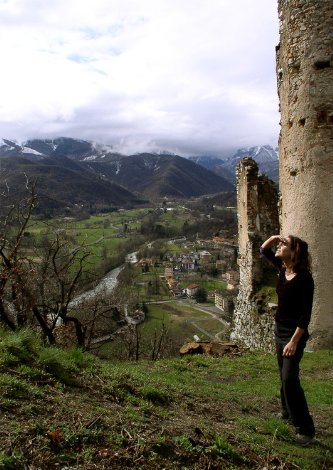
Literary Worship – Sacred Stones
As our one really unique Mormon holiday, Pioneer Day gives us a chance to look back and reflect on our ancestors and others who went before and made our way easier through their good lives and sacrifices. I think of it as a sort of celebration of our collective quest to turn the hearts of…
-
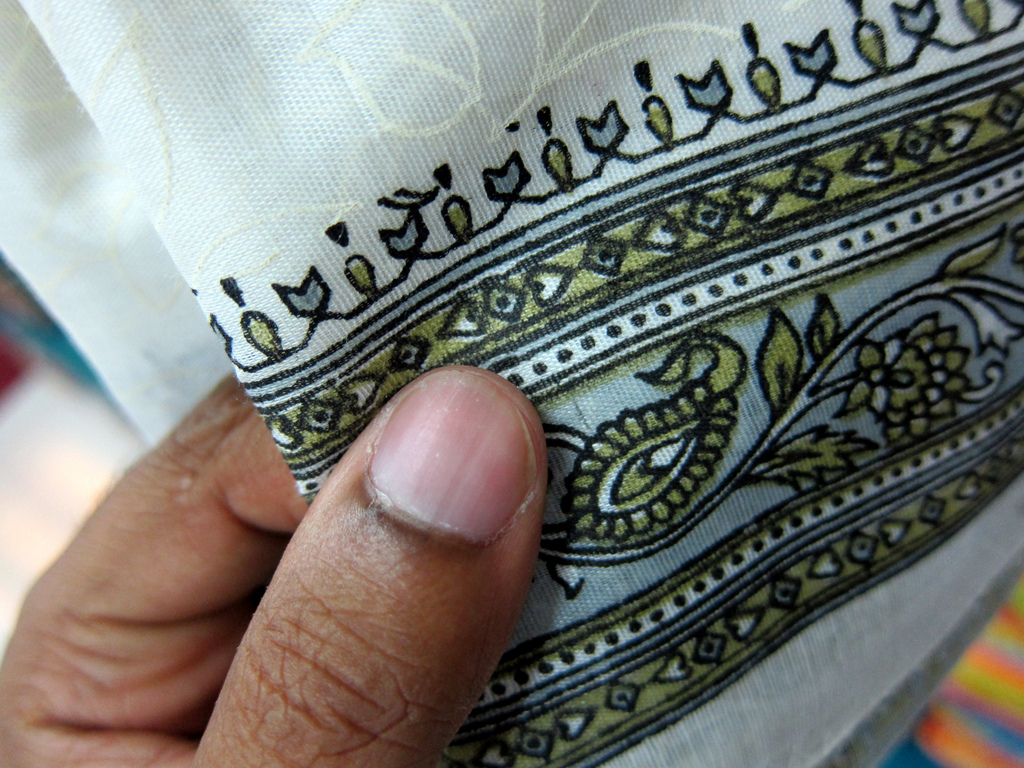
Literary Worship – Miracle
I find the story of the woman with the issue of blood, found in all three Synoptic Gospels, both odd and beautiful. Like most of the recipients of Christ’s miracles, she excites sympathy within me. Twelve years is a long time to be sick, especially with an illness that renders you and anyone who touches…
-
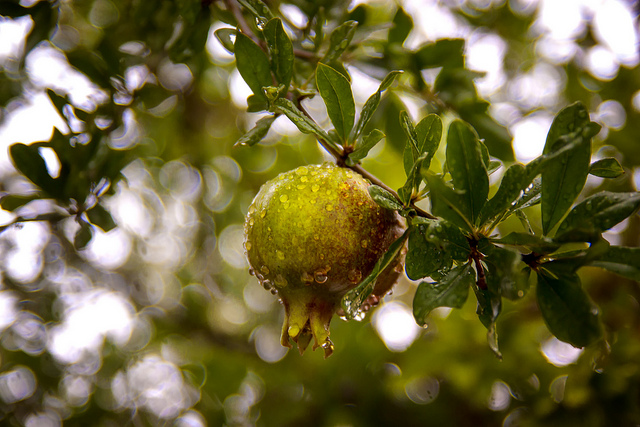
Literary Worship: Eve
Two of the most inspiring parts of life to me are seeing new places and learning new things. So it’s no surprise that I’ve long been fascinated with the story of Eve, the woman who lived in Paradise and gave it up to see and experience things she could never have imagined, and learn things…
-

Literary Worship: The Lost Sheep
I’ve spent a fair amount of time in the Middle East, where in many places shepherds still live with their sheep, sleeping with them at night and following them around all day to keep them out of trouble. It’s a common enough sight to see a weather-beaten man walking among a dozen or more sheep…
-

Literary Worship: Living Waters
A few weeks ago I shared with you the first of my Sacrament poems, Bread of Life. For some reason, just the act of sharing it made me feel closer to my faith than I’ve felt in a long time. So I’ll take the liberty of sharing a second poem, in the hope that it might…
-

Why I Watch Game of Thrones
Since Nathaniel mentioned Game of Thrones and why he doesn’t watch it in his wonderful post earlier this week, I thought I’d give you a few lines on why I do watch the series. Much ink has been spilled over the gratuitous sex and violence in Game of Thrones. I’ll admit that I roll my eyes over the fact…
-

Literary Worship: Sacrament Prayers
Sometimes I have a hard time concentrating during the Sacrament. Theoretically, it shouldn’t be difficult. My squirmy, distracting babies and toddlers have grown up; in fact, I play the organ, so my husband sits with the children on Sundays. I sit on the stand by myself, and try to keep my thoughts where they belong–focused…
-
Guest Post: The Heavenly Mother Poems of Louisa “Lula” Greene Richards
Guest poster Martin Pulido is a businessman by day, LDS scholar by night, who has extensively researched Mormon belief in a Heavenly Mother. He co-authored the BYU Studies article, “A Mother There: A Survey of Historical Teachings about Mother in Heaven,” with David Paulsen, and has organized the A Mother Here Art and Poetry Contest…
-

Partaking of the Fruit of the Tree
One of my favorite parts of Christmas is sitting in the darkened living room, gazing at the lighted tree. There is something magical and transfixing about the warm, gentle light, the fragrance of pine, and the palpable presence of nature that fills my home with its incongruous beauty. I have many memories of reading Scripture…
-

Confessions of a Former Stay-at-Home Mom
After nine years as a stay-at-home mom, I recently got a full-time job. I’ve been working for a month now, which seems long enough to state some preliminary observations about how things are going. The short answer is, I am happier than I’ve been in quite a while. I have way more patience for my…
-

A Mother Here – New Art and Poetry Contest
There have been LDS art contests in the past, either sponsored by LDS church institutions or by private organizations, but none have yet focused on Heavenly Mother as their theme. That changed this month with the newly announced A Mother Here Art and Poetry Contest. Aiming to stimulate the visual and poetic expression of Heavenly…
-
Finding My Heavenly Mother, Part 4 (Literary Edition)
Also see part 1, part 2 and part 3. In a 1944 essay (“Is Theology Poetry?”), C.S. Lewis remarked, “I believe in Christianity as I believe that the sun has risen: not only because I see it, but because by it I see everything else.” As one who embraced Christianity later in life, Lewis had…
-

Wearing Pants
Everybody’s talking about pants. And having already recently conducted my own private (and unrelated) “wear pants to church” event, I thought it would be an opportune time to share my thoughts here. I had been contemplating wearing pants to church for awhile and had several reasons for doing it, although when it actually came down…
-
The Best Christmas Pageant Ever
Two years ago, we spent one of my favorite Christmases ever in Italy. We were living in a little town nestled against a mountainside between the Ligurian and Maritime Alps. Every Sunday we drove a half hour through the Piedmont countryside to meet with our little LDS branch. I loved our branch to death, but…
-
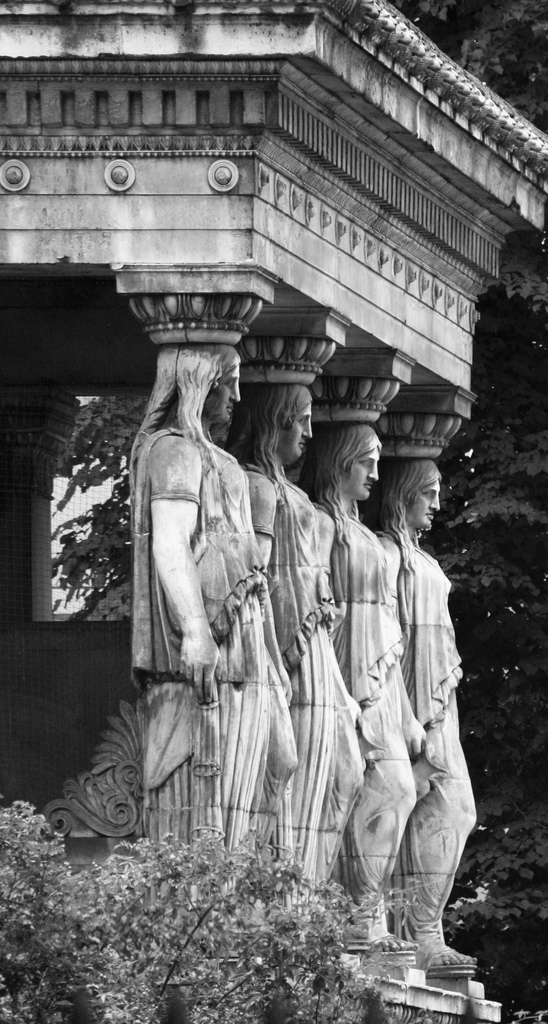
Finding My Heavenly Mother, Part 3 (Eternal Polygamy Edition)
Since polygamy will keep rearing its ugly head every time we try to talk about Heavenly Mother, I’ve given it its very own post, as promised. Polygamy occupies an uneasy place in the psyche of many Mormons today. Although the practice was abandoned by the church in the early 20th century, it is exotic and taboo enough…
-

A Mormon Holiday
Sometimes I am a little envious of my friends whose religions involve a year full of meaningful religious holidays that strengthen and define them both culturally and spiritually. Ramadan, for instance, is a sort of month-long holiday for Muslims, complete with special foods and lots of family time. When we lived in Tunisia, I was amazed at…
-
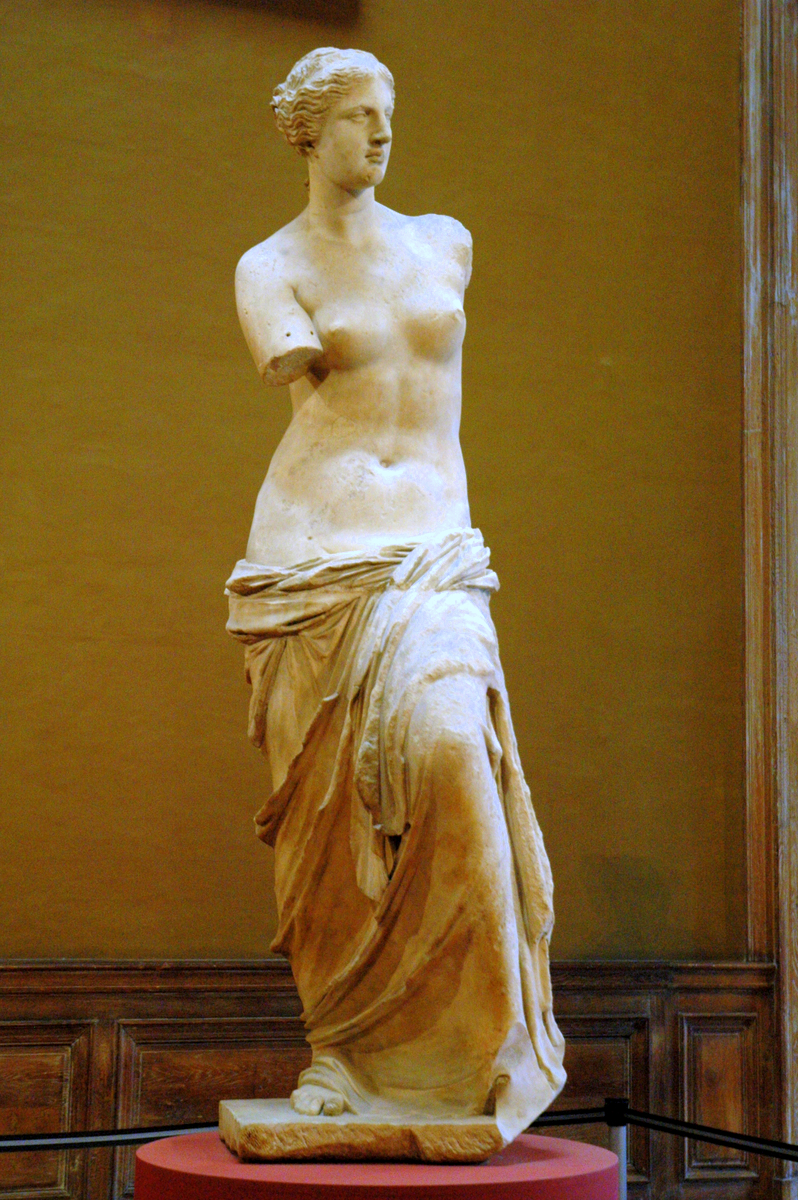
Finding My Heavenly Mother, Part 2
The same drive which called art into being as a completion and consummation of existence, and as a guarantee of further existence, gave rise also to that Olympian realm which acted as a transfiguring mirror to the Hellenic “will.” The gods justified human life by living it themselves—the only satisfactory theodicy ever invented. –…
-
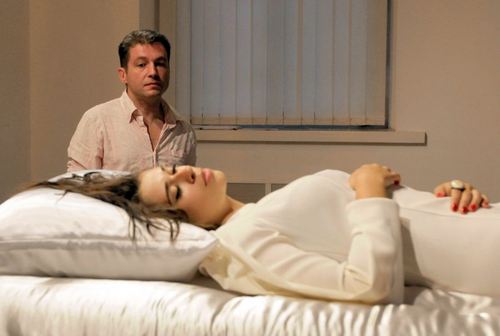
A Perfect Exhibit for the BYU Museum of Art
A beautiful young woman sleeps, dreaming of her true love. When his lips meet hers, her eyelids flutter open. Their eyes meet, and they fall instantly in love. She’s already conveniently attired in a wedding dress, so they get married immediately and live happily ever after. The fairytale comes to life in an exhibit at…
-
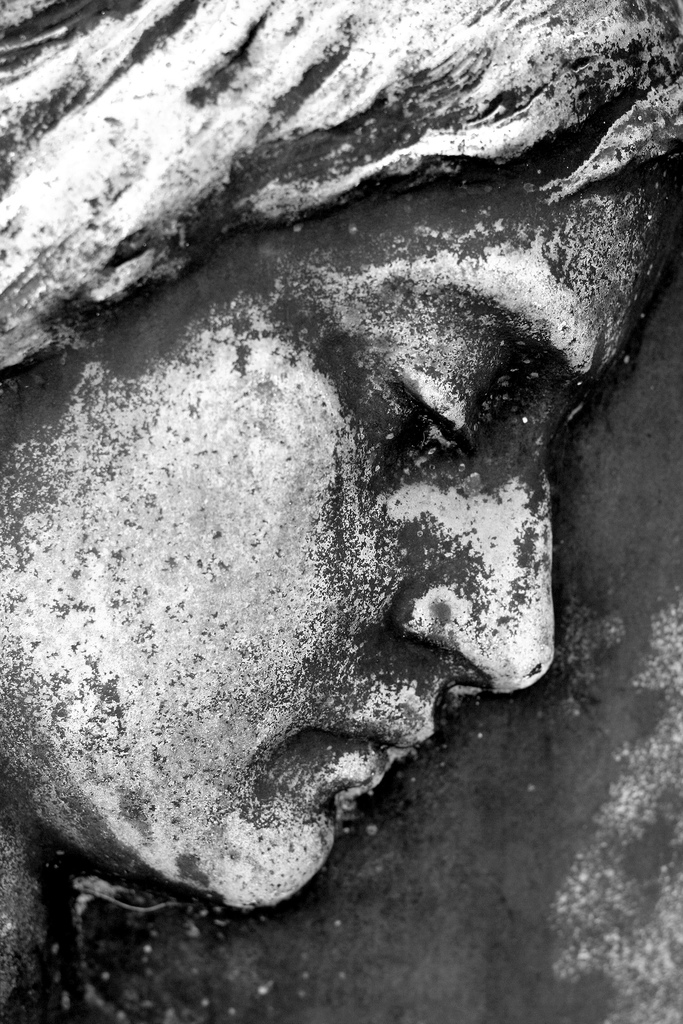
Finding My Heavenly Mother – Part 1
The Mormon conception of God encompasses both a Heavenly Father and a Heavenly Mother. However, we almost never talk about our Heavenly Mother. In this series, I’ll give you a peek into my own personal journey toward learning to know my Heavenly Mother. Like many Mormons, I grew up always knowing about Heavenly Mother, but…
-
The Way We Teach Our Children Modesty
At the age of two, my daughter Axa could point out an immodest outfit in a shop window. At five, she added sleeves to the dress on the princess picture her babysitter had drawn for her. Although I don’t recall making any special effort to teach her about modesty, I was surprised and gratified that…
-

Globetrotting, Mormon-Style
One of the things almost sure to be heard in testimony meeting after someone has traveled (whether it’s across the ocean or just to the next town over) is an expression of gratitude that “the Church is the same no matter where you go.” To a certain extent, it’s true. We all sing the same…
-
Single Moms and Adoption — Another Perspective
I have been fascinated by the idea of adoption for a long time. Growing up, I knew a few people who were adopted, and the idea of bringing home your baby from Korea or the Ukraine always seemed exotic to me. But my obsession really took off when I got my Patriarchal Blessing. After gushing…
-
Mahana, You Ugly!
Let me tell you a little story. Not long ago, we moved to a new ward. After a few weeks, my husband and I were invited to come early to church to meet with a member of the bishopric. We figured, of course, that he wanted to extend a calling to one or both of…
-
Homeschooling Then and Now
As was mentioned in my introduction a week or so ago, my parents homeschooled us “back in the good old days when homeschooling was weird and subversive, not hip and progressive.” I’m now homeschooling my own children, and it’s interesting to note how the movement has evolved during the past 25 years. My adjectives describing…
-
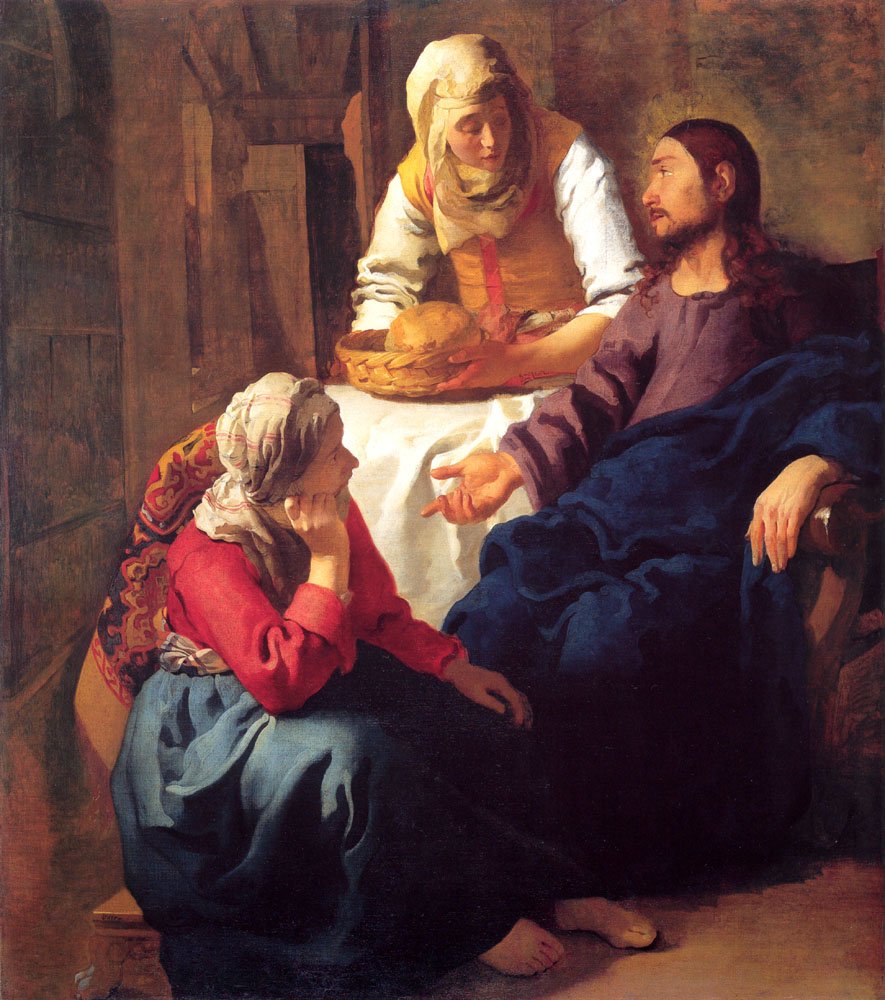
Sister Beck and Daughters in My Kingdom
Having spent the past eight months in Tunisia, where our tiny L.D.S. group had very little formal structure, I had almost forgotten what it was like to go to a Church meeting without husband and children in tow. Attending the General Relief Society Meeting with a few friends was like a welcome home. I had…

